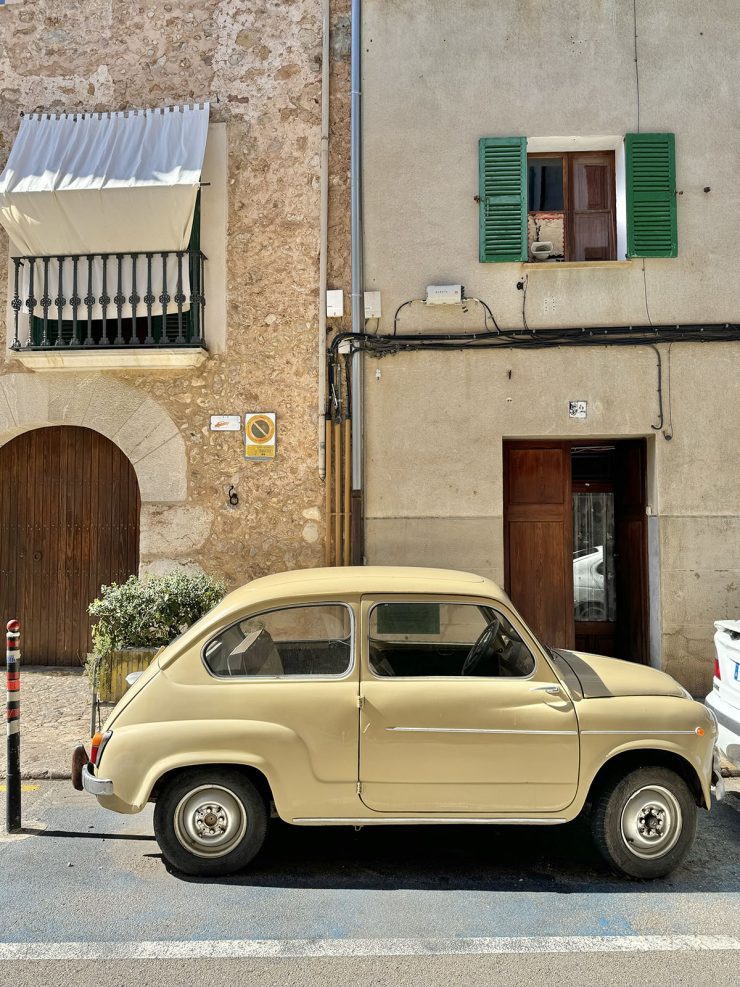
I have recently returned home from an absolutely gorgeous road trip around Mallorca. It’s something I have wanted to do it for ages but had nobody to go with, so it ended up being my first ever solo trip as well (more on that in another post). I was a bit nervous about driving in Mallorca as a solo traveller and an Australian. We drive on the other side of the road, so it’s always quite the adjustment when you first arrive. It ended up being a very successful trip, so I wanted to share everything I learned for those also considering a Mallorcan road trip.
Driving in Mallorca
Before I left, I spent a lot of time trying to google Mallorcan roads and how easy they are to drive. Driving in Sicily was a bit of a baptism of fire, so I wanted to know what I was in for. As I was by myself, I wanted to make sure the roads weren’t anything I couldn’t handle.
On the whole, I found roads in Mallorca to be much more user friendly than in Sicily. There is a great main highway up the centre of the island which is well paved and very efficient. The roads to go from town to town were generally well paved and large enough for two cars passing each other (with exceptions). Overall, the roads were much better quality than in Sicily and I didn’t encounter many poor quality roads.
The drivers were much more relaxed than in Sicily and I only got tooted a few times which I consider quite the achievement!
If you’re thinking about driving in Mallorca, I highly recommend it. It is the absolute best way to see everything you want to see in a short amount of time. It’s not as scary as you’d think, I promise.
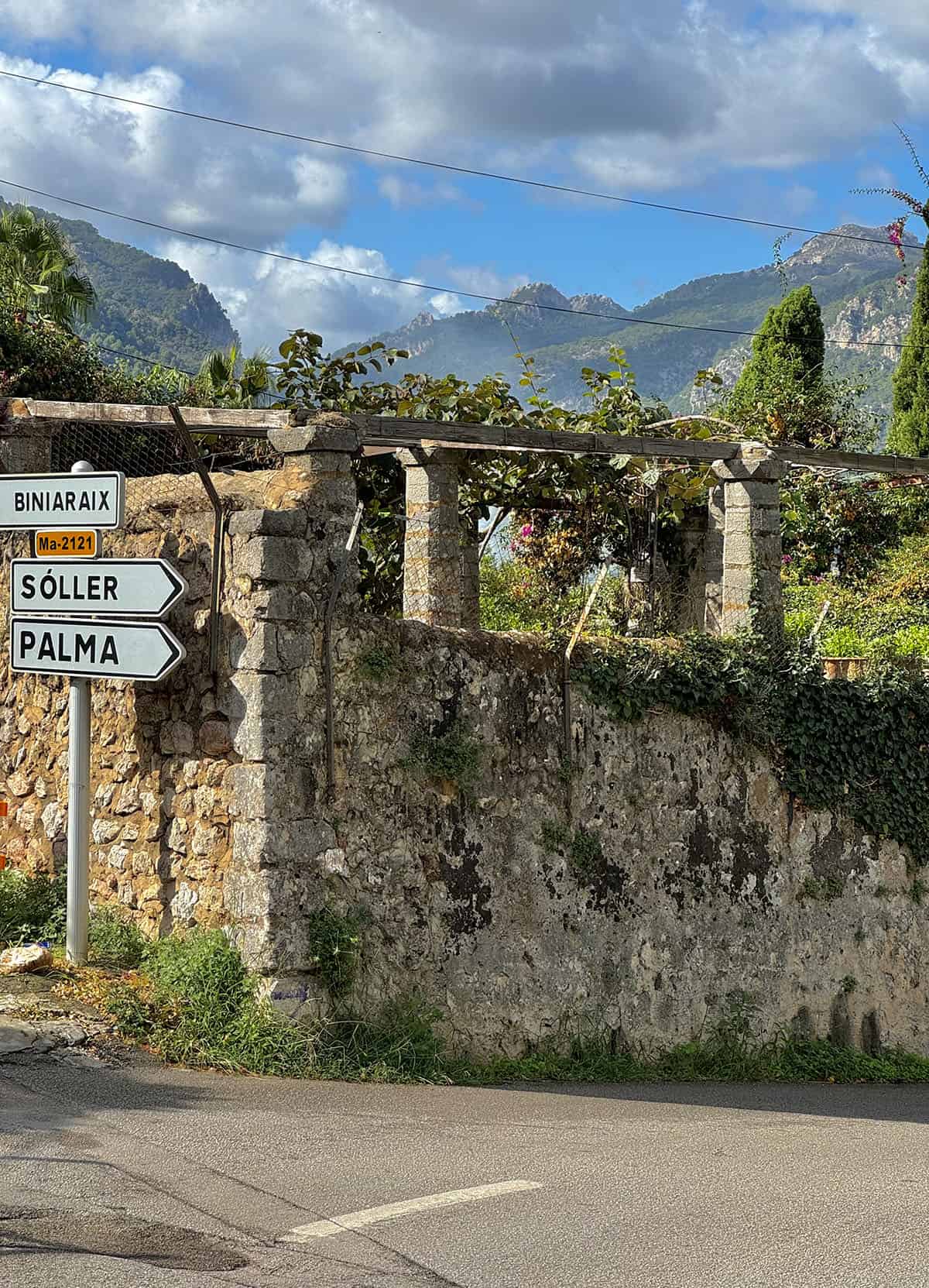
A note about me
I do want to include a little section of caveats. When I was looking for information, I wondered if the people saying it was ‘easy’ were just very confident drivers. We’re all coming from different experience levels, driving styles and local conditions, so a quick note about me here.
I live in Australia (where we drive on the left and our steering wheel is on the right) and I’m 33. I’ve been driving since the day I turned 18. Day to day, I’m willing to drive in the city or country, but I wouldn’t say I am passionate about driving nor an overconfident driver. I’ll tackle most driving situations but I often choose my route based on what I’ll encounter.
Parking is my personal nemesis (and I managed to reverse park with cars waiting in Mallorca! I was so proud of myself that I sent a photo to my parents).
As I have mentioned, I drove around Sicily a year before this trip. That was my first experience driving in Europe. Sicily (and Italy in general) are an intense experience (but still doable). Personally, I think that trip was amazing for giving me the confidence to drive in intense conditions. I also think Mallorca is a much easier place to start from the perspective of driving.
My experience in Sicily allowed me to develop my European driving alter ego. In Europe, I will give it a go. Most people are just doing the same thing (and often there is no choice) so I am an emboldened driver in Europe. I highly recommend it if you’re a bit nervous. Having a confident mindset made me less stressed and more willing to roll with whatever.
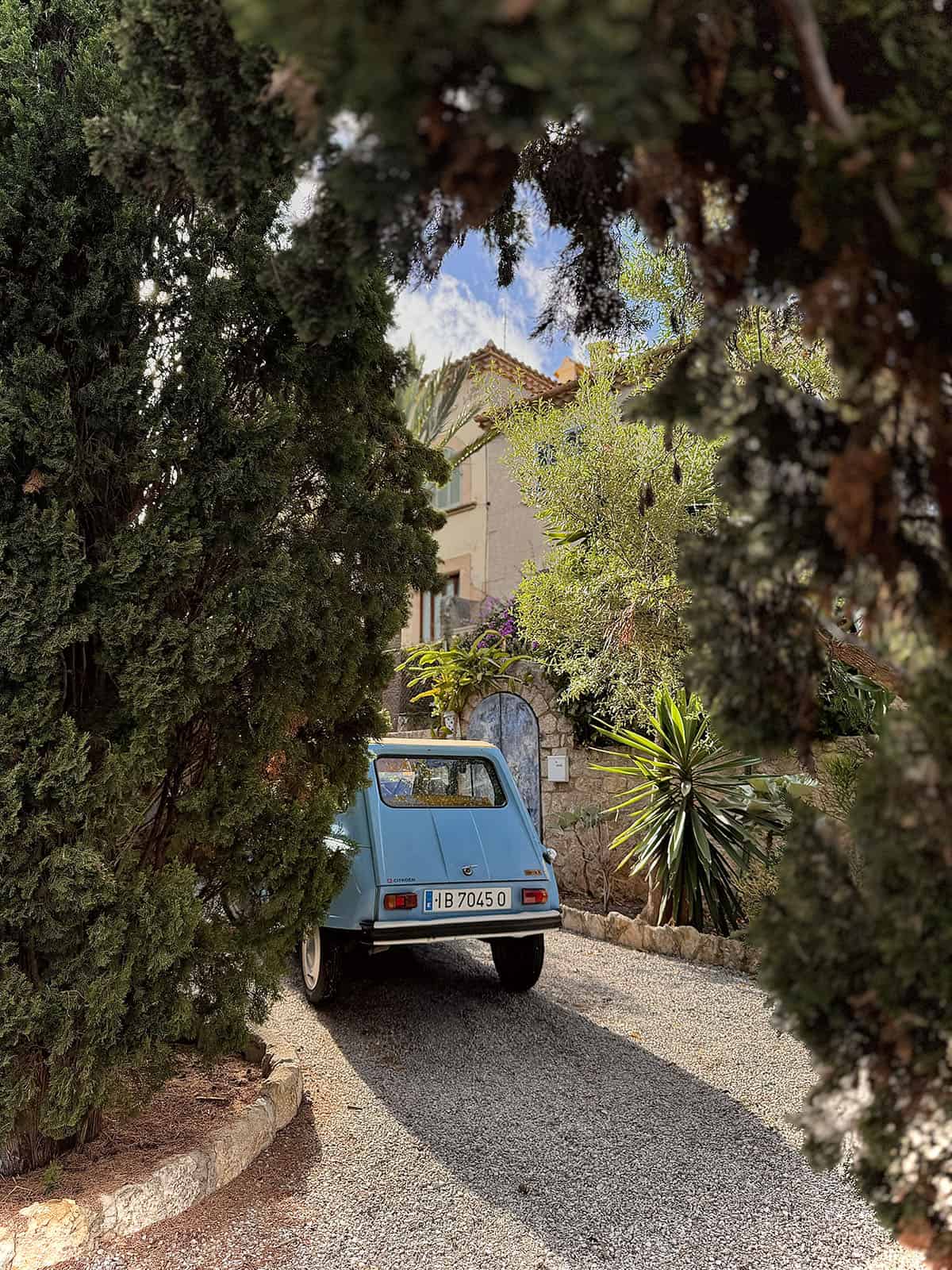
Driving in Mallorca tip 1: learn what the road signs mean
I cannot tell you how many laps around the block I would have avoided if I had a look at the road signs before I left. Some signs (like stop and give way) are in English, but others are not. In fact, some road signs have no wording at all!
The one that stumped me the most was the blue circular sign with a ring of red around the edge. I had always assumed this to be a no entry sign, but it is in fact a no stopping sign. A variation of this sign, with a red cross through the circle, signifies no stopping or parking.
A no entry sign is a white circular sign with a ring of red around the edge. Same same but (very) different.
This was the sign that got me confused most often. However, upon reading about Spanish road signs on my return, I feel I misinterpreted a few more than I thought. I assumed the arrows going in opposing directions meant it was two lane road (not that one lane had priority) for example.
Having the basic road signs in your mind will help make every journey easier and less stressful. Plus, you’re less likely to come home to fines in the mail.
My aunty recently showed me the Google Translate app that translates text in real time. I think this would be handy to have for some of the parking signs that are in Spanish.
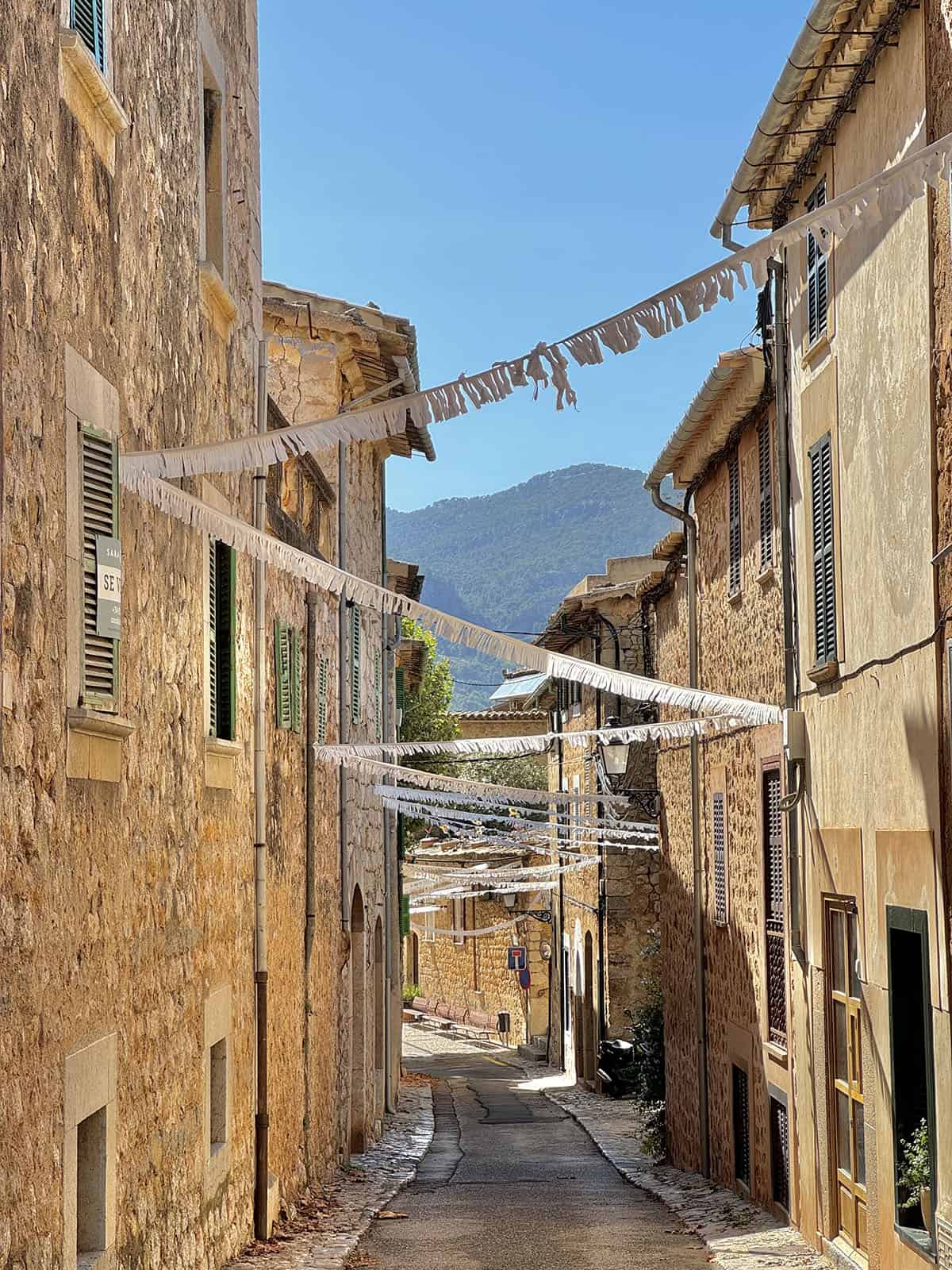
A special note on the triangles painted onto the road
I’m sure this is niche but it threw me off so many times that I wanted to include a section here. This is probably more relevant for those who drive on the lefthand side at home, like me. Because I am accustomed to driving on the left, I sometimes had to keep my wits about me when deciding which lane was correct.
In Mallorca, a lot of the roads (particularly at intersections) had a large white upside down triangle painted onto them. The triangle is thin, which gives it an appearance of an arrow.
To me, it looked like a ‘drive this way’ arrow. Of course, the triangle was always pointing in the wrong direction (pointy side facing me as I approached the triangle). This consistently made me panic that I was in the wrong lane, driving in the wrong direction.
As far as I can tell, the upside down triangle is an indication that you will need to give way. You see them at intersections and roundabouts, among other places.
So, just ignore the triangles as best you can if you are anything like me. They are not indicating the direction of traffic and you are (hopefully) not driving in the wrong direction. In fact, you WANT the triangle to be upside down (pointy side facing you as you approach). If the triangle is flat side at the bottom, you might in fact driving in the wrong direction 🙂
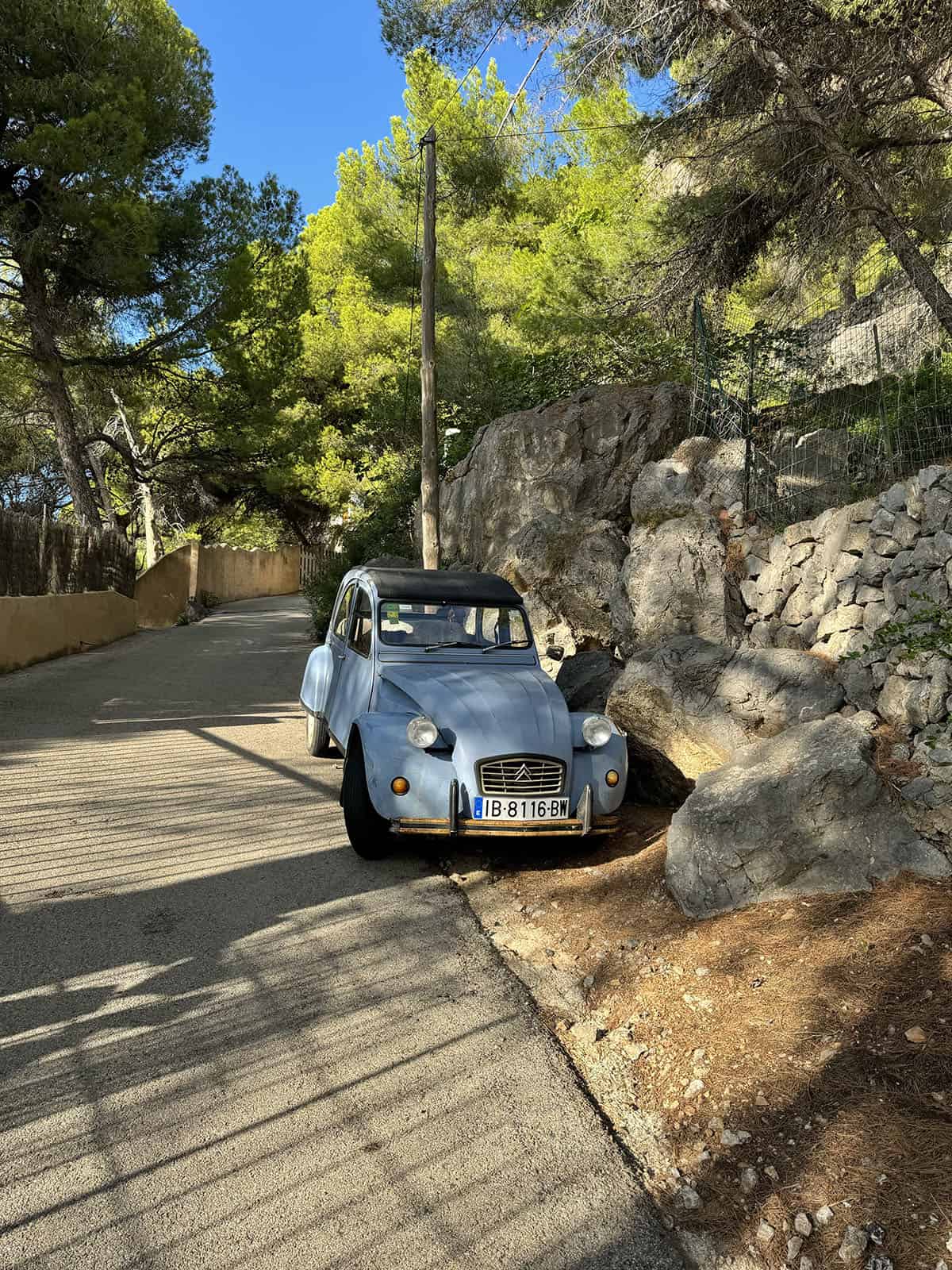
Tip 2: Know the parking rules
Same same but different – know the rules around parking and what the different coloured car parks mean. As someone who got a parking ticket in Santanyi during the weekend market (40 euros if you pay early, 80 euros if you don’t) I promise it’s worth learning.
A parking space with white lines is free parking. A parking space with blue lines is paid parking. By all accounts, it’s not worth bothering with the spaces with yellow lines. The parking signs are in Catalan and difficult to understand.
I found the parking meters on the streets to be confusing. In Port D’Andratx, a lovely man explained the process to me because I was stumped. I don’t know if this is relevant to all parking meters but in Port D’Andratx, you had to specify which zone you were in before proceeding to payment. How he knew it was zone 1, I don’t know – there were no signs indicating which zone we were in (that I could see or read, anyway).
By all accounts, there is an app you can download to pay for your car more easily. I would recommend this option if you are planning to do day trips from a central spot (ie stay in Palma and venture out each day). It would be worth it to avoid the complicated machines if you are parking every day.
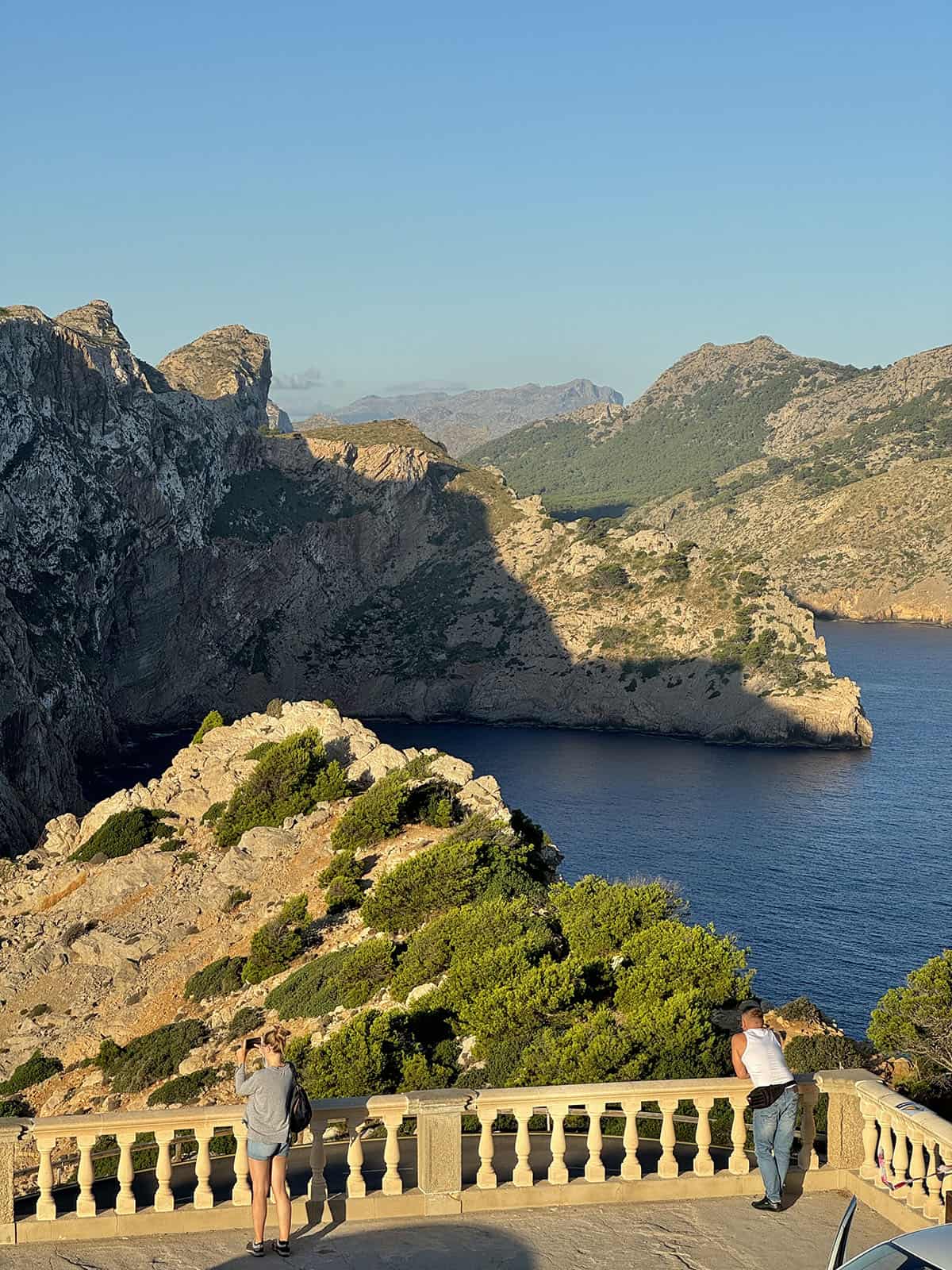
Driving in Mallorca tip 3: some of the roads are THIN
An unavoidable fact in the parts of Europe I have driven in: some of the roads are incredibly thin. I had to laugh at some of the roads that were ostensibly for two lanes of traffic. In my experience, the thinnest ones were roads leading to quieter coastal beaches. Many of these beaches were on quiet residential streets before they were ‘discovered’ by tourism. As such, the roads don’t cater to masses of tourists.
Similarly, some of the small towns that haven’t been touched by excessive tourism also had thinner roads. The main road through Bunyola en route to Soller is quite an experience if a bus happens to be coming the other way.
Something that helps lessen the stress of these thinner roads is to go early. Beaches in Mallorca are ideal early in the morning – few people and plenty of parking spots. Better yet, the roads are relatively empty and you’re much less likely to meet someone driving in the opposite direction. Getting in and out early is an ideal way to avoid thin road stress.
Some things are harder to visit in the early morning and sometimes the morning isn’t practical. I found the second best time to be driving around was siesta. From around 1-4pm, the traffic seemed to have a bit of a lull (particularly in smaller towns).
If all else fails, I found that drivers in Mallorca were a lot more friendly and relaxed than in Sicily. People weren’t overly fussed about waiting for you to park or do a u-turn. It’s not the end of the world, but it is definitely a little less hair raising to do trips early in the morning.
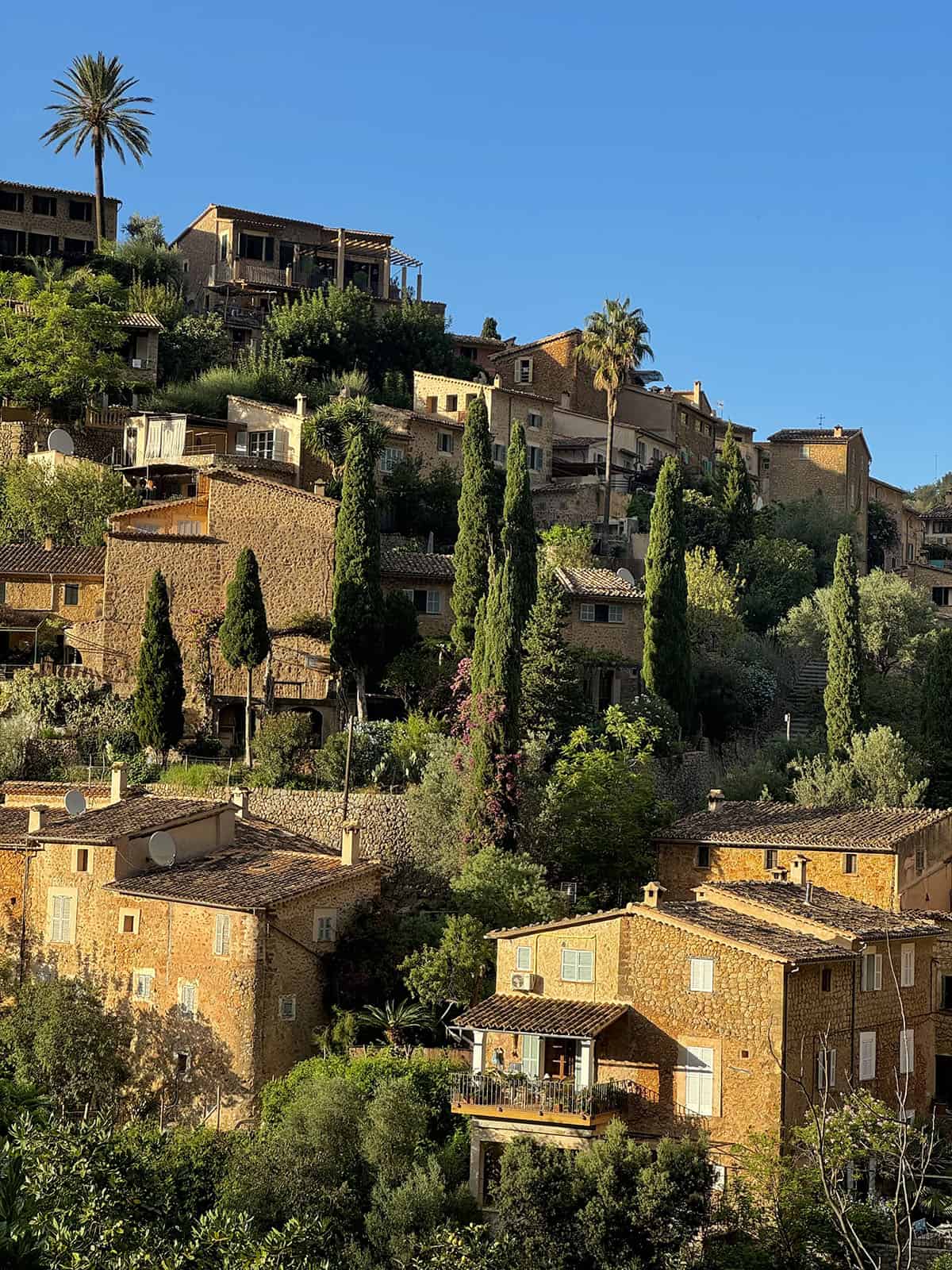
Driving in Mallorca tip 4: stay in towns you want to visit (and make sure your hotel has free parking)
I am a huge advocate for this for a number of reasons, but one of them is parking. Parking was an absolute nightmare in so many places. This was either due to the sheer volume of tourists or just a lack of available car parks in small towns (or both).
When I booked Nama restaurant in Deia in September, they suggested arriving at least 30 minutes early to account for parking. It was absolutely brutal. Cars were parked all the way down the tiny cliff road towards Soller. I don’t know about you, but reverse parking on a busy, tiny road is not my idea of a good time. Nor is trawling for an hour to find a park, for that matter. Deia is very short on places to do a u-turn, too.
Another example: I stayed in Agriturismo Son Viscos in Valldemossa which was a 15 minute walk from town. One morning I was feeling lazy and tried to drive into town and park at around 10.30am. Eventually I had to give up, drive back to my hotel and walk into town. It truly is that busy and that hard to find a park.
The easiest, most stress free way to see it all is to stay in places you want to see. Make sure your hotel has free, on site parking (parking available often means street parking) for the best result. This way you can leave the car on days you don’t need it and be sure you have a park to return to when you do use it.
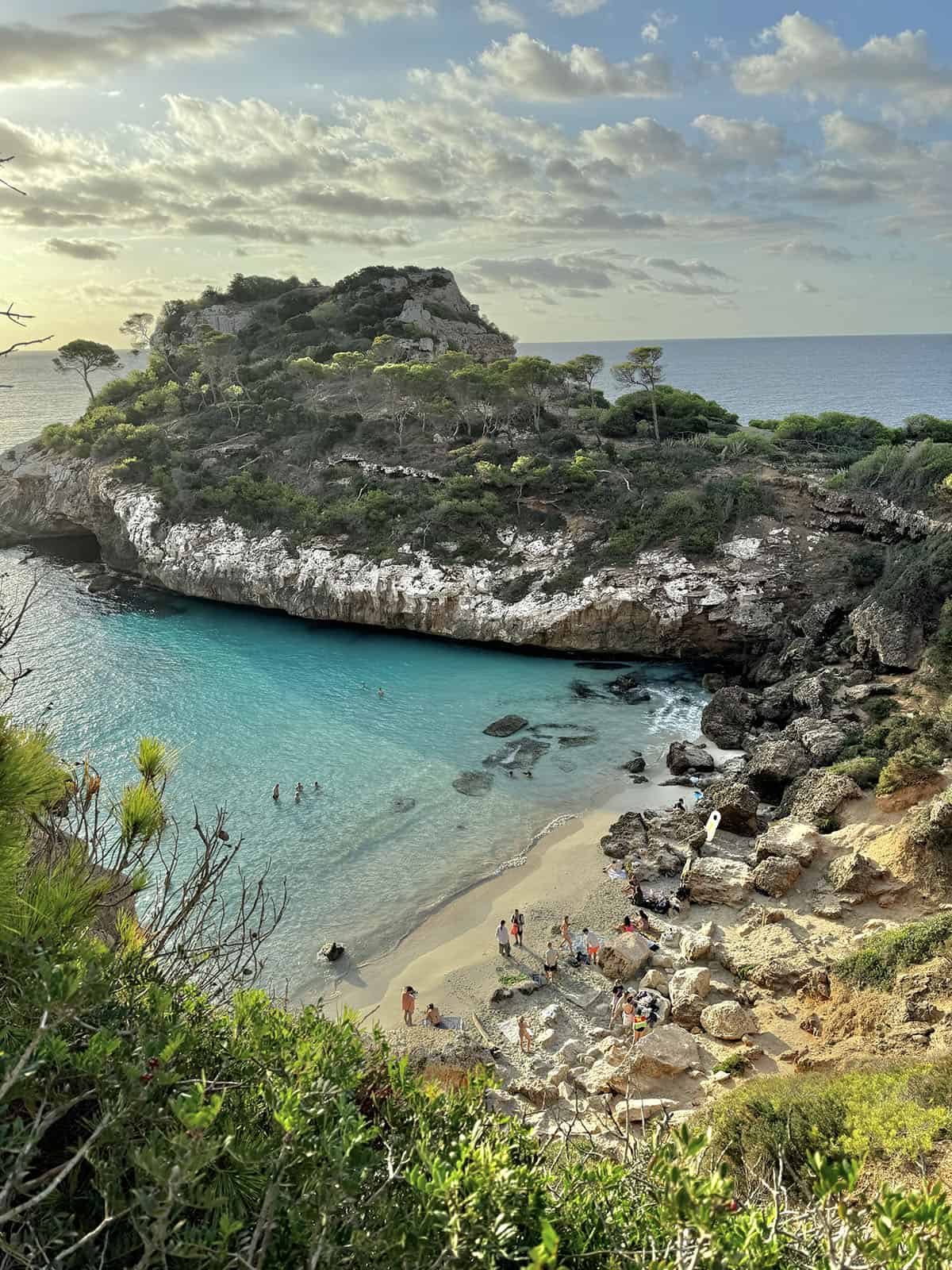
Tip 5: Speed signs seem to be used sparingly
Because I ended up rescuing a cat (lol) and generally driving all over the island, I noticed that local roads and smaller roads were often lacking in speed signs.
The locals would all speed up and overtake me if I continued to do the ‘in town’ speed limit.
Something that would help is to use maps that tell you what the speed limit is. I don’t know if this would work all over the island, but it gives you a loose idea of what you’re doing.
If you don’t know what the speed limit is, my advice is to do the lesser speed or an in-between speed. In the towns, the speed is 30kph. Out of the towns, it sometimes went up to 70kph. If in doubt, I generally did 50ish. You can often tell by the way traffic banks up behind you and locals overtake you. Either way, it’s better to not be caught speeding.
The motorways were generally well signposted in terms of speed. They are up to 120kph in open spaces and down to 90kph under bridges or near onramps.
Compared to Sicily, I felt the drivers were all very permissive in allowing you to go under 120kph AS LONG AS you kept in the right line. The left lane is for overtaking and speedy drivers. It’s an efficient system, so don’t be the tourist who drives slowly in the fast lane.
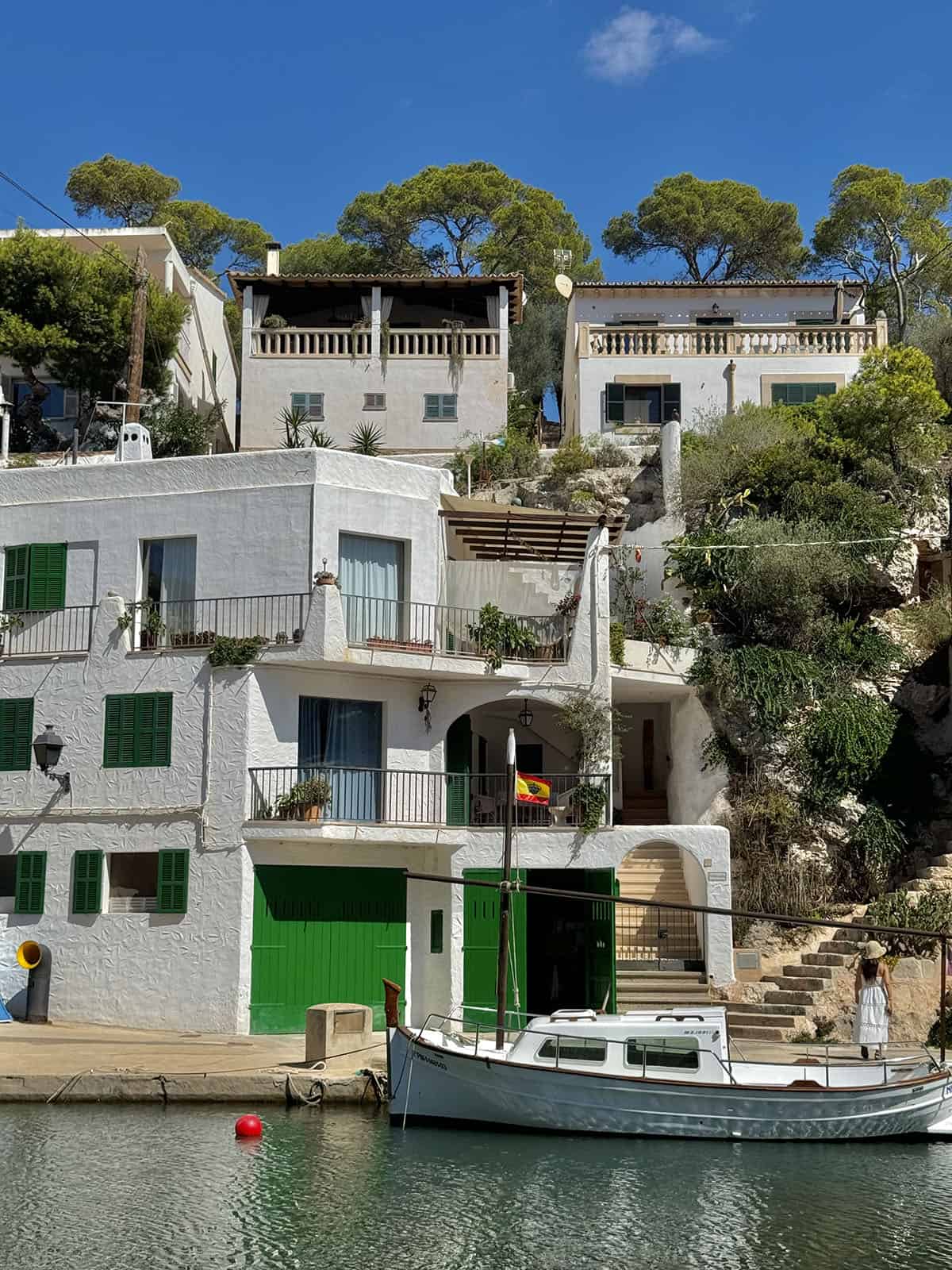
Driving in Mallorca tip 6: If you’re nervous, have an alter ego
Okay, I know this one seems stupid but it helped me immensely. After successfully driving in Sicily (which was the most stressed I have ever been driving) I was pretty impressed with myself. Empowered by the success, I decided that my European alter ego is a ballsy driver with a ‘give it a go’ attitude.
Having this alter ego in mind while navigating thin, busy or confusing roads helped me get over my worries and give it a go. Something quite unique about Mallorca is that it is so touristed that other drivers are quite likely in the same boat. We’re (mostly) all just tourists trying to pass each other on a tiny country road!
Of course, this is not helpful for people who have anxiety or anything else. It did absolutely help me see get through the trip without much stress, though. I saw the comical side of the tiny, thin roads, I attempted reverse parking (with people waiting!) and I gave tricky roads a go.
A caveat: ballsy doesn’t mean cavalier. I attempted every thin road and tiny park with caution and with safety in mind. Go slowly, allow people to beep their horn and don’t get rattled. Oh, and remember that you can flip your wing mirrors in for a bit of extra room.
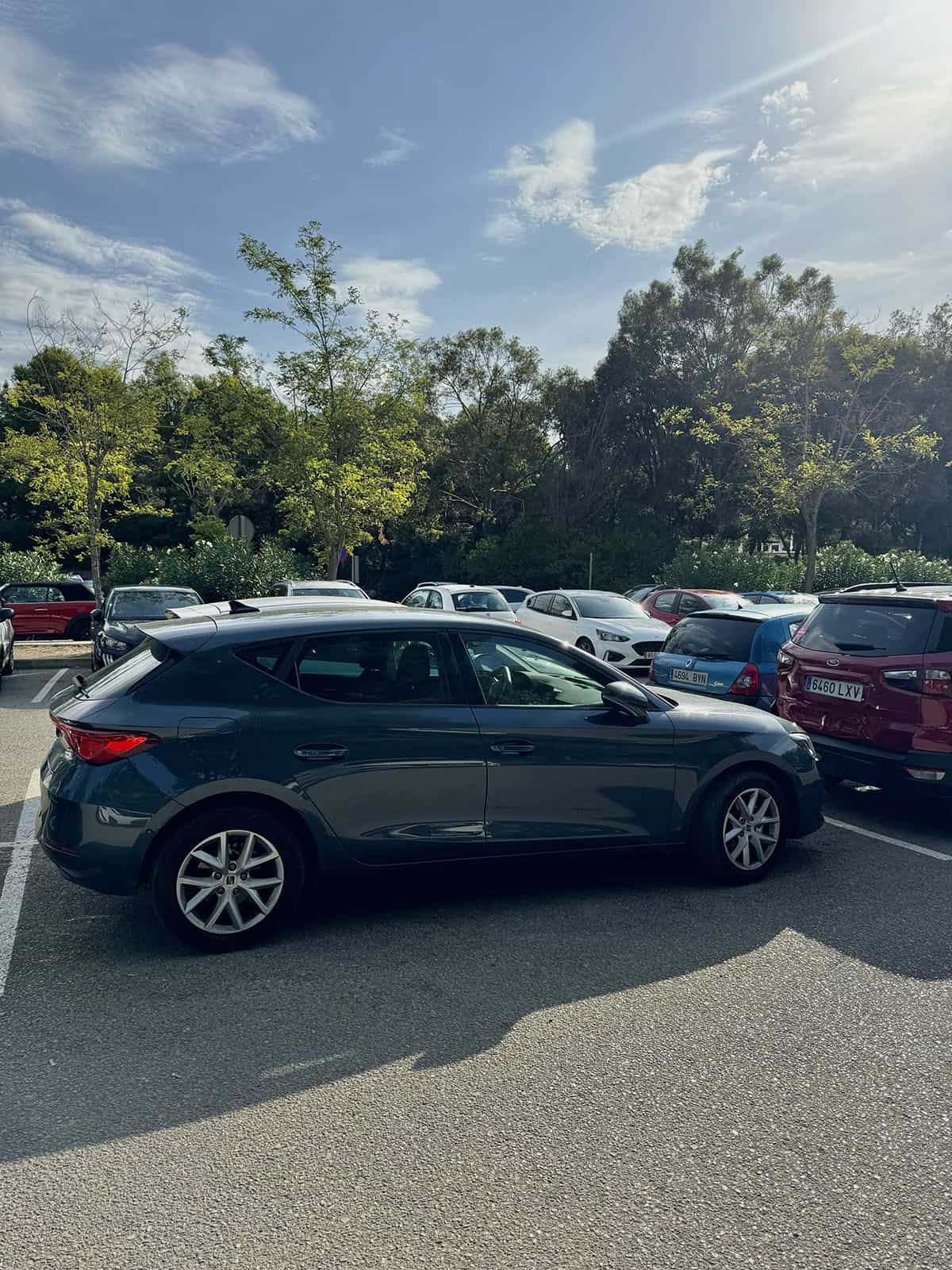
Tip 7: Hire a small car from a trusted company
Between driving down narrow streets and parking, you really just don’t want or need a large car in Mallorca. The majority of the roads are well paved so clearance isn’t an issue.
A lesson I learned in South Africa: if you book a car on Booking dot com, you’re booking a ‘class’ of car. The picture of the car they show you can be misleading. I thought I was booking a really cheap SUV, but it ended up being a hatchback and we had to pay more to upgrade it. I don’t know whether this was just in South Africa or an issue with the site as a whole, but I highly recommend booking directly with the company you intend to use. Sure, it might be cheaper on a site like the aforementioned, but that might come at a cost.
I booked with Alamo and had no issues. I do think I was conned into buying more insurance than I needed, though, so make sure you know what you have booked before you rock up.
As always, make sure the car is auto (if you booked auto) and take loads of photos before taking off. I also like to take photos of the car in the garage as I return it so I have a time stamp of when I returned the car.
As I was researching my car, I read a lot about Mallorca moving to electric cars. Apparently they have a bit of a learning curve to them and that wasn’t something I wanted to tackle as a solo female. If you have experience with electric cars, they are plentiful and cheap.
One last tip: book your car well in advance. Some resources I looked at even specified to book your car before you book flights in the peak summer season. The lack of cars available makes it all the more important that you get the car you want, which is why I recommend booking directly with the company as opposed to a booking site.
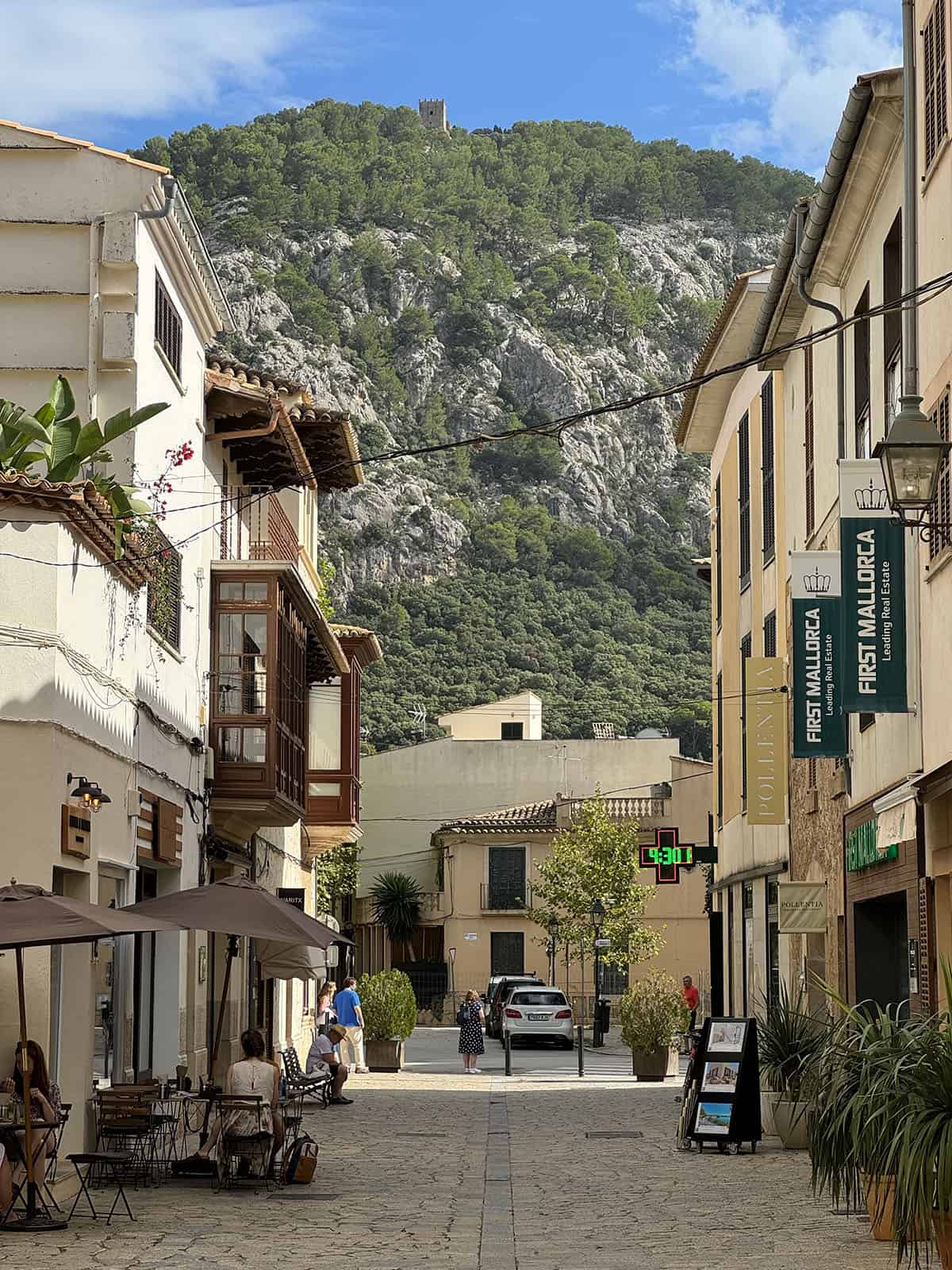
Notes on different roads
I figured this section might be helpful because I was very nervous about some roads in Mallorca. In fact, I ended up skipping Sa Calobra (which I really regret) because the road was made to sound horrendously thin and scary online.
The road I found most unpleasant to drive was the windy road between Soller and Deia. It was tight, windy and there were cyclists around every corner. I was also a little bit hungover that day which absolutely did not help. While I found the road unpleasant, it wasn’t unachievable by any stretch. Lots of articles online talk up how hard it is to drive in the Tramuntina but I do think they are maybe overstating it. Thin, windy roads? Yes. A nightmare? I didn’t think so. A caveat, though: I stayed at Es Moli (which has a parking lot) so I didn’t have to try and park on aforementioned thin road. This might have changed my opinion.
As I have mentioned, I found a lot of the beach roads to be quite thin. This included the road down to Cala Santanyi, Calo Des Moro and a number of other famous beaches. Get there early to avoid navigating in crowds and you’ll be fine.
The drive to Formentor lighthouse was also quite a winding, thin road (with some wild goats thrown in, too). As of 2024, the road to the lighthouse is closed from 10am-10pm in peak tourist season. You need to be off the road by 10am, so I recommend going early anyway.
Most of the other roads I encountered were of no issue. I found the roads around Port D’Andratx to be wide and well paved, but a little confusing to navigate. The turning lanes were easily missed, so make sure you have your wits about you. Not difficult, just confusing.
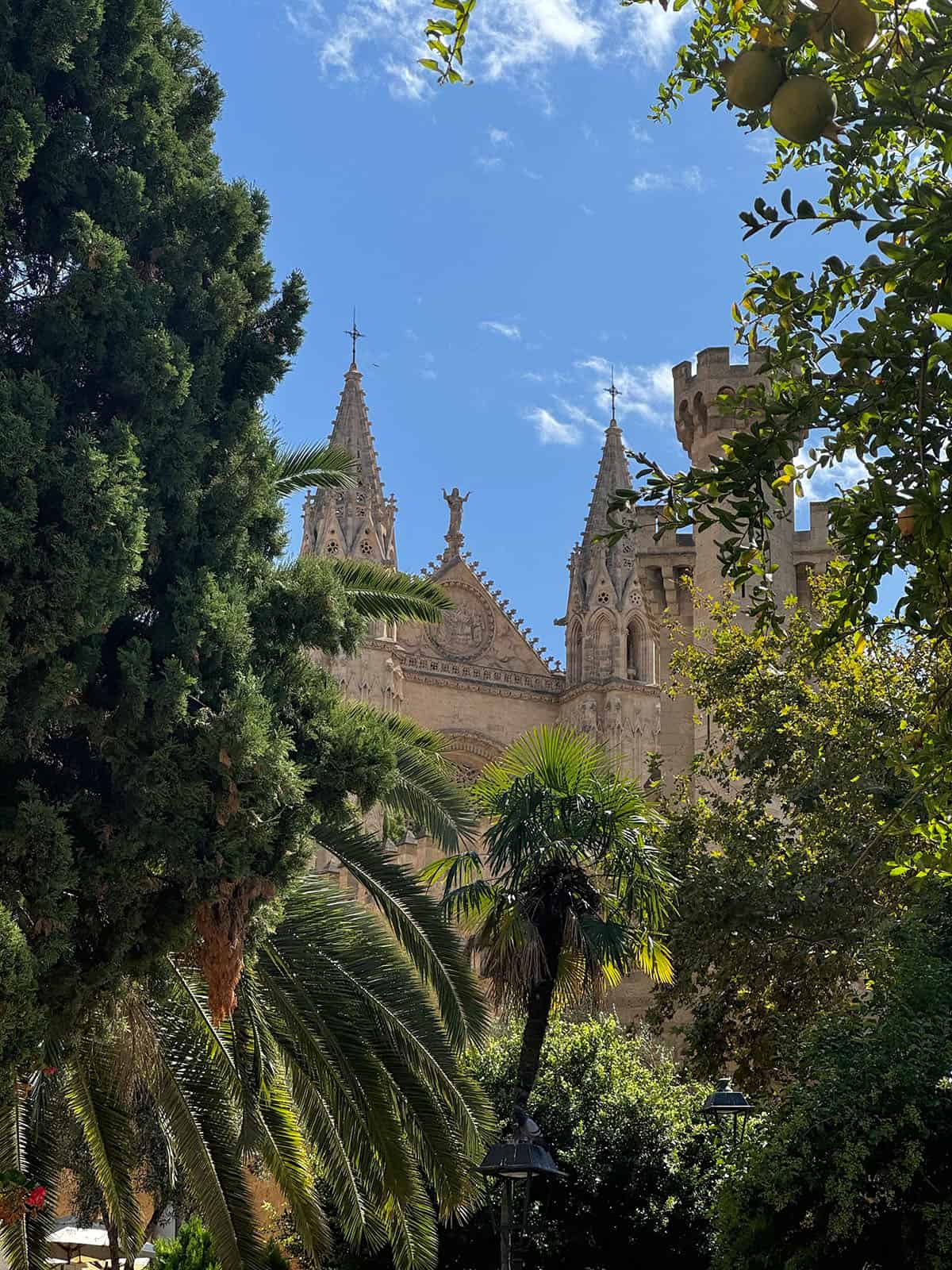
A note on driving in Palma
I disliked driving in Palma immensely. It was my last stop on the trip and the one I found the most difficult by far. I stayed in a hotel on the edge of the ACIRE zone (more on that in a minute) in a maze of one way streets. The bus lanes that were also turning lanes really threw me off and parking was a nightmare.
Personally, I would recommend picking the car up after Palma. It was a burden to have and cost me a lot in parking. This is partly because my hotel (Brick Palma) implied that there was parking but it was actually paid. I also had to move the car on checkout (11am) and trawl for another paid spot in the rain. If you really want a car and to stay in Palma, make 100% sure your hotel has parking that is free. It also helps to stay in an area where you can easily nip in and out of the city.
This brings me to ACIRE zones. ACIRE zones are streets in Palma that are for people with permits only. I didn’t notice any signs for the ACIRE zone. This is either because I didn’t encounter it or I couldn’t read the signs (and am about to get a fine in the mail lol).
Either way, suss out your hotel and where it is relative to ACIRE zones. If your hotel is in an ACIRE zone, you will need to provide your license number to the hotel to ensure it is added to the permitted entry list. My experience with these things is that the hotels aren’t proactive in asking for your details (which is fair enough I guess) so you will need to be proactive to avoid a fine.
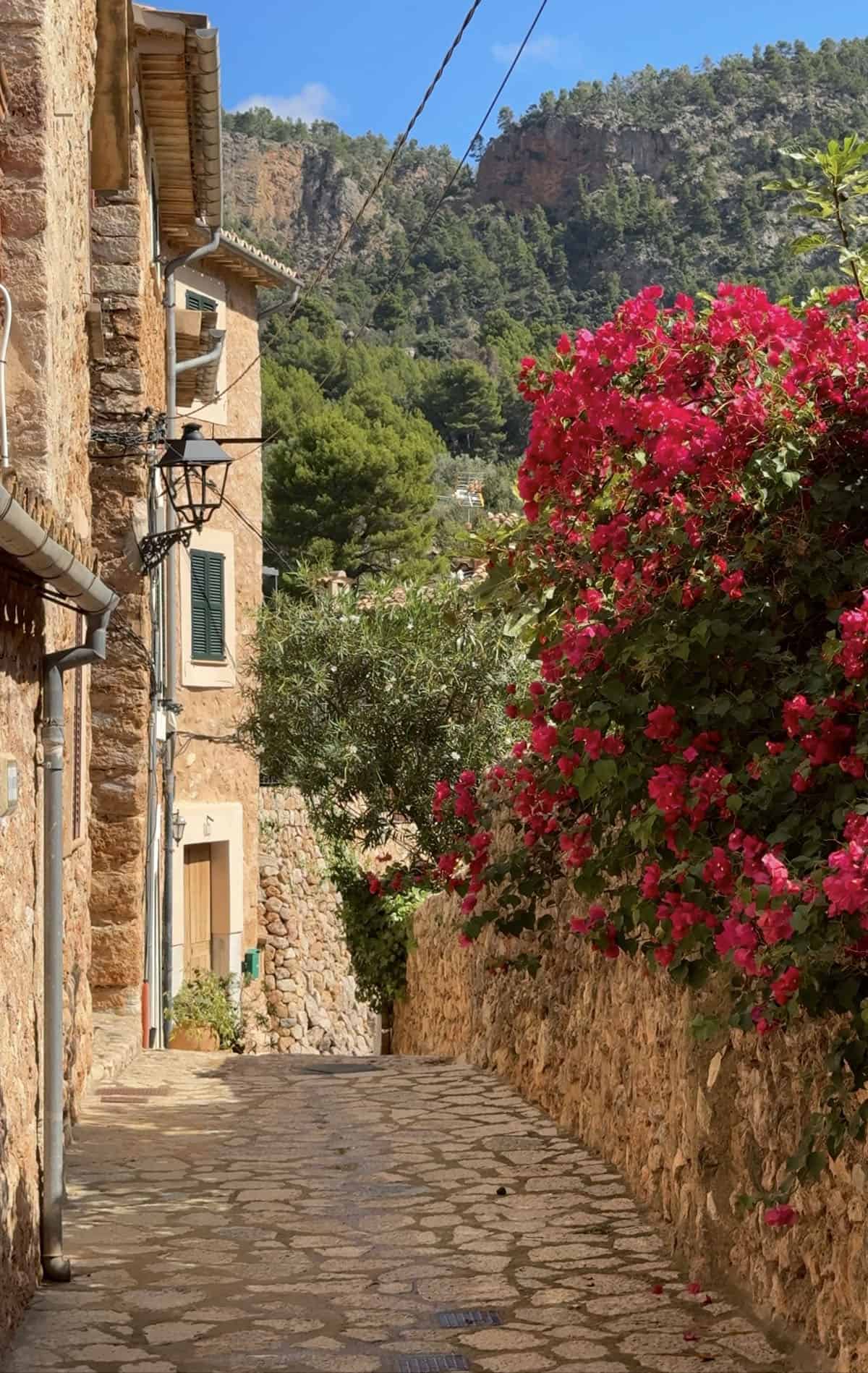
More Mallorca resources
- Mallorca travel tips
- Solo travel in Mallorca
- Calo Des Moro
- Fornalutx
- Cala Santanyi

No Comments